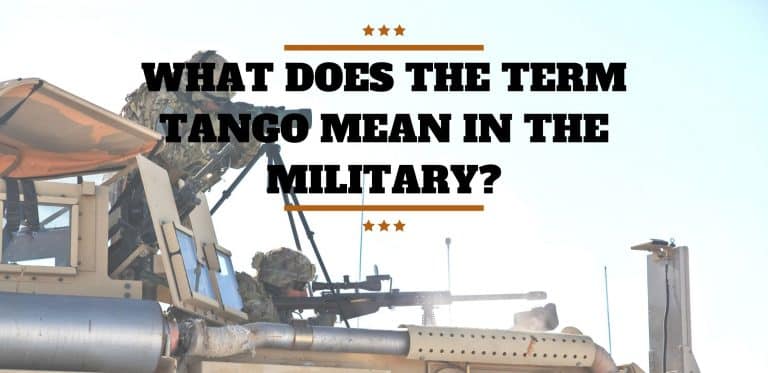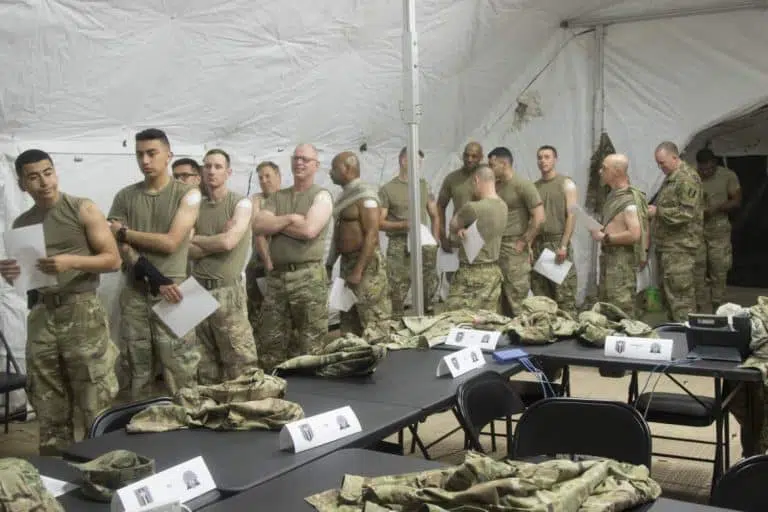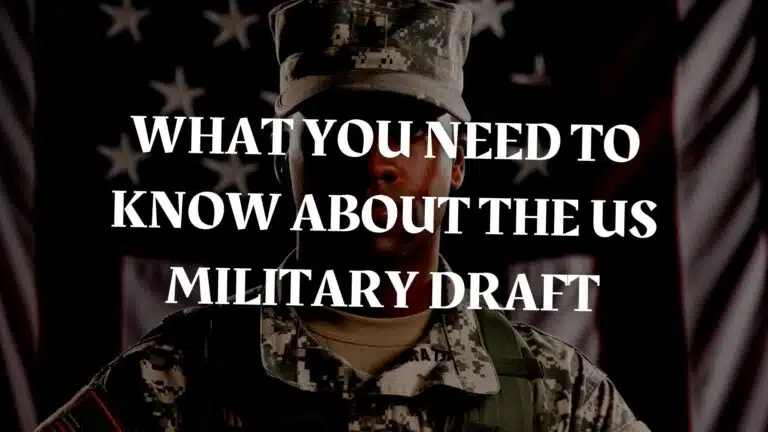Why do Hospitals Use Military Time? Benefits for Healthcare
Important Note: When you buy through our links, we may earn a commission. As an Amazon Associate we earn from qualifying purchases. Content, pricing, offers and availability are subject to change at any time - more info.
Military time is a term popular in America, and Canada used to refer to the 24-hour clock system. The 24-hour clock system has origins dating back to the ancient Egyptians and was the common standard for navigators, astronomers, and scientists in the past. Before colonization, the 24-hour clock was widely used throughout East Asia, including countries like China.
There are many surviving mechanical 24-hour clocks displayed in museums or in-use in airports and train stations. The Shephard Gate Clock in Greenwich is probably the most common example of a mechanical 24-hour clock used in everyday life.
While some people may find reading military time difficult, it’s the standard for every medical institution. Military time helps promote safety, efficiency, and consistency in health care practices. In this post, we’ll look at the history of military time and why hospitals continue to use the 24-hour clock as the preferred standard.
What Is The History Of Military Time?
International use of the 24-hour clock started to gain traction after the 1884 International Meridian Conference. Italy was noted as among the first countries to adopt the 24-clock with other countries making the change during World War I. While the United States Navy made a conscious decision to switch to the 24-hour clock in 1920, the United States Army as a whole didn’t make the change until World War II.
Military time is how Coordinated Universal Time (UTC) is expressed in America. This time system indicates how time passes, starting from midnight (00:00) to the end of the next day (23:59). In 24 hour notation, the leading zeros are always spoken aloud. 03:33 out load is “zero three thirty-three”. Hearing zero before the time automatically lets the person know it’s morning, which is useful in high paced or dangerous work environments. When referring to 3:33 in the afternoon, you can simply say “three thirty-three”, which is what people on the am/pm system say.
While similar to Zulu and UTC, military time has some unique differences applied in American industries. For example, there are no hour or minute separators used when physically writing down military time. In military time, each time zone is given a designated letter from the NATO phonetic alphabet. While using military time, traditional pacific time (UTC-8) is referred to as the Uniform Time Zone, with the designated letter being U. The “J” time zone standards for “Juliett” and is usually used to refer to the local time zone or your current location.
Which Professions Use Military Time?
Believe it or not, military time is used by a wide range of professionals outside of the armed forces. Pilots use military time to stay chronologically grounded. This is especially important during long trips that span multiple time zones. Using the am/pm time system makes it easier for pilots to get confused, especially when crossing multiple time zones during international flights. Pilots and air traffic control towers can stay on the same page by using military time to ensure everyone is on the schedule. Using military time helps pilots ensure weather reports and other information is accurate once they land, which is paramount for safety.
Astrologists and meteorologists also use military time to stay organized. Military time makes it easy for meteorologists to develop a consensus on when a storm might hit and when is the best time to provide a warning to the local community. All aspects of meteorology, including radar, satellite images, and maps, are based on the 24-hour clock system. Meteorologists who study the poles (the North Pole and Antarctica) use military time since the sun is either rarely visible or present all day, even at night. For accurate observation of weather patterns and record keeping, military time is a necessity.
City employees such as transit and construction workers use military time to plot complex schedules and coordinate teamwork. When scheduling train and bus routes, military time makes it easy to get large groups of people on the same page. In addition to coordinating with drivers, these schedulers also have to make sure repair shops are aware of pending schedule updates and important dates. Any industry where multiple departments need to be in sync will benefit from using military time.
Why Is Military Time Important In Health Care?
In health care facilities, there are a lot of moving parts that need to be in sync with each other. Take a hospital environment, for example. Nurses and doctors must monitor and keep accurate records for multiple patients at the same time. Obviously, nurses and doctors can’t work all day, so they must keep clear notes for the people coming in on the next shift. Medical professionals need to accurately record information such as medication dosage times, patient behaviour, and patient symptoms to provide a high level of health care. The more accurate the notes are, the better prepared the next shift will be for changes in their patients.
Making the conscious decision to use military time in healthcare environments is a fail-safe against innocent yet possibly fatal mistakes. Someone can easily change 4 pm to am on a chart, but the same error is much less likely if 16:00 is written down. Health care records can be summoned for use in legal cases, which makes accuracy highly important. Military time is an excellent tool for coordinating care between outpatients and medical facilities that deal with multiple patients at once.
Using military time is an easy way to eliminate am/pm confusions in fast-paced medical environments where multiple people need urgent care. Using a standardized time system makes it easy for people from all cultures and backgrounds to work together efficiently and minimize misunderstandings. In extreme cases where patients have to be transferred to a different hospital, military time further encourages accurate record keeping.
During rescue situations where care is first administered on the scene in an emergency environment, military time is used to keep a precise record of treatment issued before the patient is sent to the closest hospital available. When patients are severely hurt, they may need transportation to a specific hospital for access to specialized tools; military time promotes a consistent flow of information during the transportation process.
Why Is Military Time Safer To Use In The Medical Setting?
Precision is an absolute necessity when working in medical environments. As previously mentioned, medical staff need to accurately communicate with multiple team numbers and ensure care practices stay consistent through shift changes.
Accurate information exchange is crucial when a night shift nurse comes on to replace the day shift nurse. When the notes from the day shift use military time, it’s easier for the night nurse to get a real sense of what happened during the day and which treatments are scheduled later on during the night. Using military time also helps nurses quickly make a note of the time during critical situations.
If a patient has an emergency in the middle of the night, military time prevents nurses from fumbling around with am/pm while trying to tell the time in the dark. For example, both 7 pm and 7 am can be dark on the west coast during winter.
When patients are scheduled to receive complex procedures such as blood transfusions, accurate recording keeping is necessary for patient safety. Transfusions can take hours to deliver, which can include an overlap during shift changes. Health care practitioners need to know exactly what time the transfusion started and when the patient is scheduled for their next assessment.
Consistent monitoring is essential to preventing complications during intricate medical procedures. Using military time helps health care employees get a clear idea of what the patient has been through during the day and what they need to continue doing at night.
Military time is also extremely useful for pharmacists when giving instructions to patients. Using military time helps patients avoid overlapping doses and makes it easier to follow medication instructions properly. A direction on the label like “start dose at midnight 1/22” can easily confuse the patient.
The patient wouldn’t know whether to take the dose at night on 1/22 or after the day has been completed. Giving an instruction like “start dose at 00:00 1/22” eliminates any uncertainty since the next midnight would be 00:00 1/23.
Conclusion
Ultimately, military time continues to be the ideal standard for industries where accuracy is a non-negotiable factor for success. Using military time makes it easy for large groups to work together, even if they’re across the globe, spanning multiple time zones.
Military time helps encourage consistency and simplifies time zone conversions during high-pressure situations. Any industry where complex planning and coordination is required is an ideal candidate for military time.
Hospitals use military time as a way to improve the overall service they provide their patients. Using military time makes it easy to coordinate care plans over shift changes and ensure consistent care for patients arriving from different time zones. Pharmacy professionals also use military time to limit confusion when giving instructions for taking medication.
Related Post : What is Peanut butter shot ?






